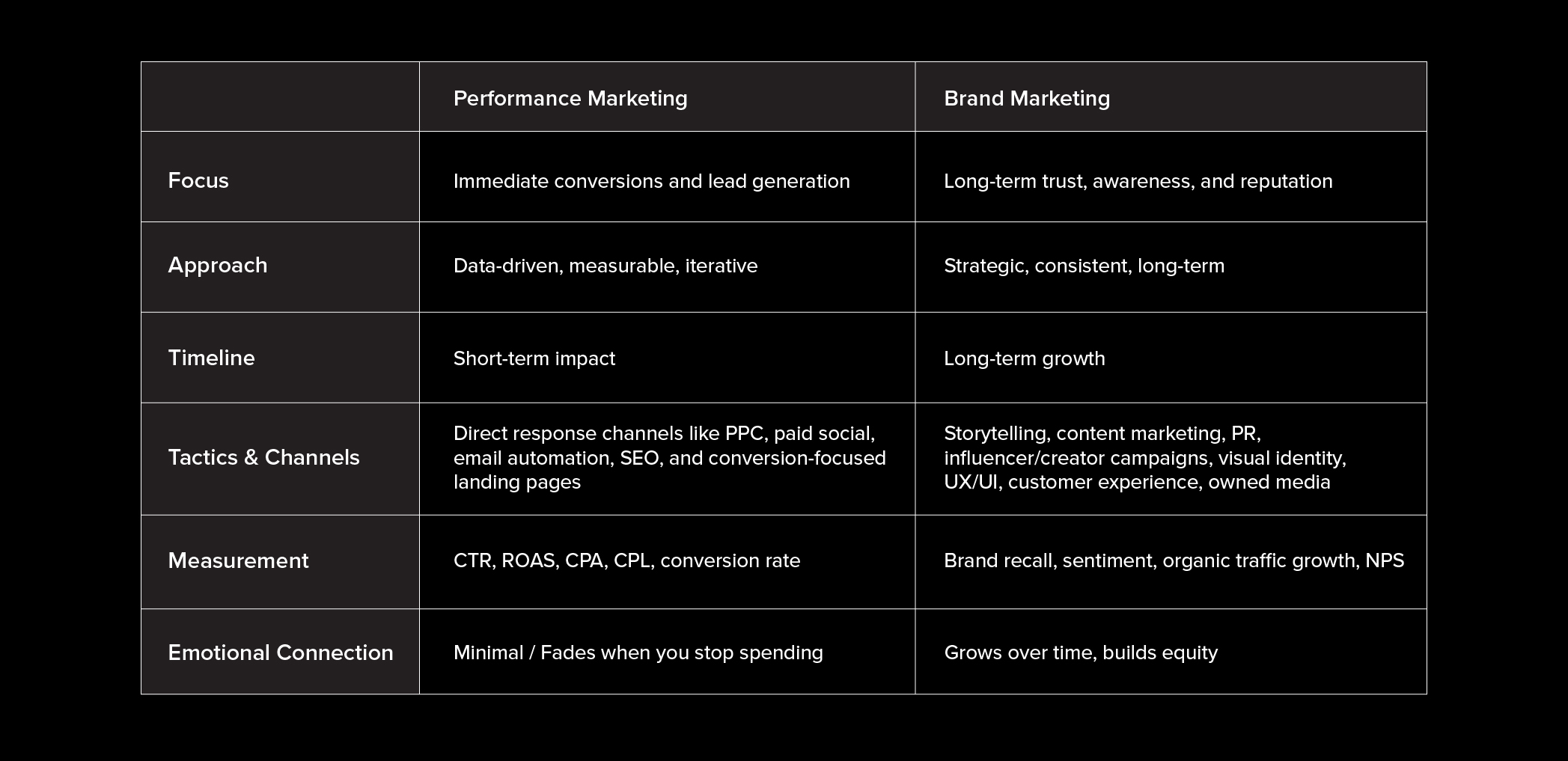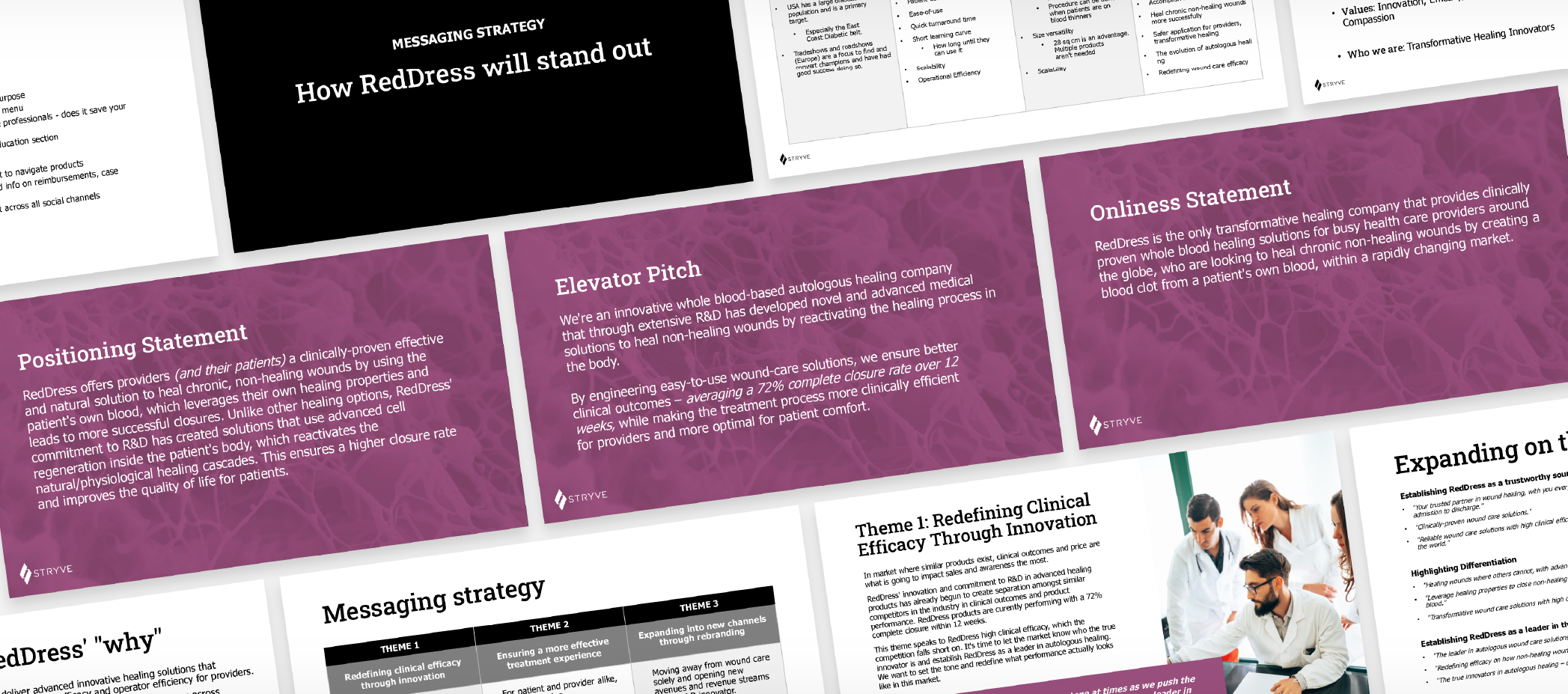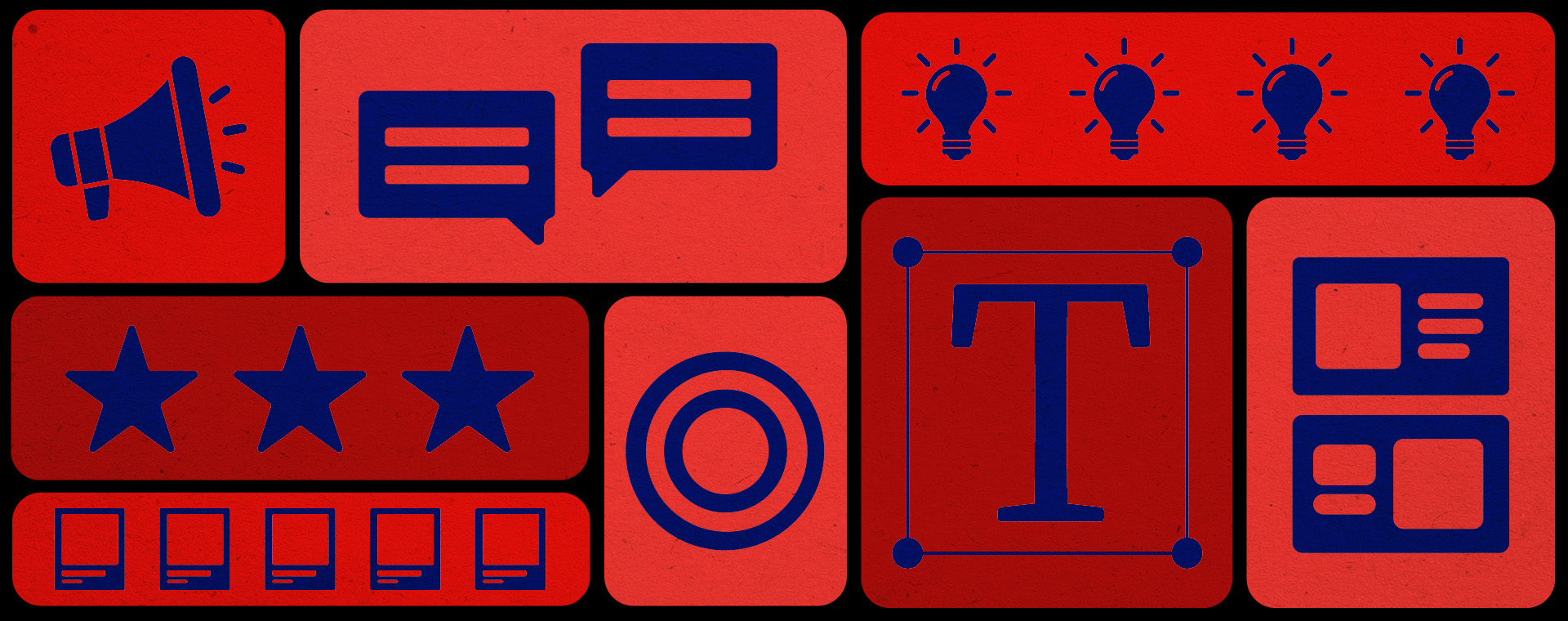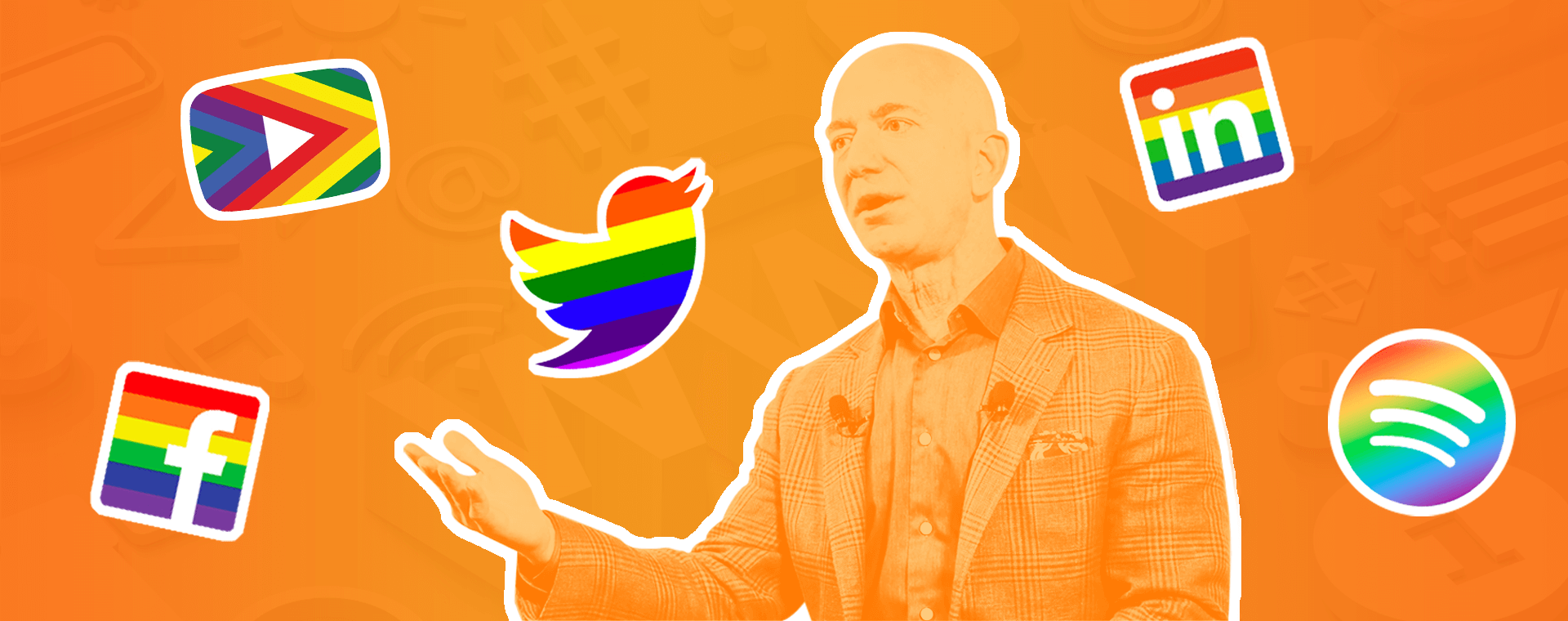For years, performance marketing has been a B2B marketer’s best friend. It gave us everything we could have wanted, from traffic to leads, and enough dashboards to make your eyes glaze over. But now, the cracks are showing.
Ad platforms are overcrowded, customer acquisition costs (CAC) are going up, and attribution is tougher than ever. Buyers are smarter, more skeptical, and maybe even more jaded. They’re doing their homework before ever reaching out. Which is why brand building is gaining importance.
If you’re still treating your brand as a “nice-to-have,” rather than a priority to be invested in, you’re leaving long-term growth on the table. Today, it’s not about choosing between brand and performance. It’s about how you can develop your brand to supercharge your performance.
What’s the difference between performance marketing and brand marketing?
Performance marketing is all about measurable results. It’s the stuff that gets tracked, optimized, and reported on weekly or monthly. Think Google Ads, paid social media, and email marketing campaigns. The goal? Drive conversions. Fast. It’s direct, transactional, and typically tied to short-term KPIs like cost per lead (CPL), click-through rate (CTR), or return on ad spend (ROAS). You spend money, and ideally, you see results right away. Recent studies have shown that organizations that put an over-emphasis on performance marketing actually lose out.
Brand marketing is the long game. It’s about building trust, recognition, and emotional connection over time. It’s less “click here to download now” and more “remember us when you’re ready.” Branding is more than just your company’s logo. It’s a feeling. It includes things like your brand messaging, your tone of voice, brand guidelines, social presence, how people talk about you and the overall reputation you’ve created in your space. The impact of brand marketing isn’t always immediate, and that’s kind of the point. It shapes how people feel about you before, during, and after the buying journey.

Why brand matters in B2B
B2B marketing can get a bad reputation for being cold, impersonal, and strictly business. But in practice, that simply isn’t true. Your audience is made up of people with emotions and natural curiosity. You’re talking to the people who will be impacted day-to-day by your product or service and need to know they can trust you.
These folks have real motivations, frustrations and aspirations. Developing your brand allows you to showcase your expertise through educational content, highlight your personality with your brand voice, and communicate a sense of trust and reliability through consistency. Your audience should feel as if they know who you are before they even have their first conversation with you. And all of that can be accomplished through a strong, well-constructed brand.
A strong brand is your not-so-secret weapon. It’s the thing that’s going to set you apart in a sea of similar offerings and endless choices.
Performance marketing isn’t the whole picture
Let’s get one thing straight: performance marketing still has a place. There was a time when marketing attribution felt easy. You’d drop a UTM code, get a form fill, and call it a win. But today’s B2B buyers don’t follow a straight path. They jump between your website, your competitor’s webinar, a LinkedIn thread, and maybe even a few Slack channels before making a decision. The journey isn’t linear, and your marketing shouldn’t be either.
That’s where brand comes in. You need your brand to do more than just earn a click. It should create recognition, build trust, and give buyers a reason to come back again and again.
When performance is the only focus, every campaign becomes a sprint. You end up optimizing for leads instead of loyalty. The result? Shiny dashboards and short-term wins, but very little staying power. And let’s be honest, in B2B, no one sees one ad and immediately reaches for their wallet. B2B sales cycles are long. Buyers need to know your name, trust your expertise, and believe you’ll still be around next quarter. A single click can’t do that.
The foundation you need before investing in brand marketing
Before you put budget behind brand marketing, make sure the foundation of your brand is solid. Brand marketing isn’t just about looking good—it’s about being known, trusted, and chosen. That only works when the underlying strategy is clear and consistent.
Your brand is more than a logo or colour palette. It’s what you stand for, who you’re for, how you show up, and how customers experience you. Without that foundation, even the best creative will fall flat.
Here are the critical pieces you should have in place before investing in brand marketing.
1. Clarify and formalize your brand strategy
Before you do anything visual, figure out what you want to be known for. Who do you serve? What problems do you solve? What makes you better than the other guys? This is where your brand strategy starts to take shape and where we often see mid-sized B2B companies skip a few steps. Your brand strategy should include:
- Vision, mission, and values
- Business goals and how brand supports them
- Key differentiators
- Target audience(s)
- Market positioning
2. Give your brand a voice people recognize instantly
Your tone matters. Are you casual and punchy? Serious and straight-laced? Thoughtful and curious? However you show up, make sure it’s consistent across every touchpoint. Emails, ads, your website, your sales decks…it should all sound like you.
See how we helped Red Dress define a bold, unapologetic brand voice that celebrated individuality and self-expression and brought it to life across their website, messaging strategy, and visual identity to create a unified, personality-packed experience.
3. Create a visual identity that actually reflects you
Your logo, colours, typography, and imagery should match your personality and resonate with your audience. If your brand still looks like it was designed in 2012, it’s probably time for a refresh.
We created a fresh visual identity for Gemini that struck the perfect balance between trust and innovation—pairing modern typography, clean design, and a refined colour palette to help them stand out in a traditionally conservative industry.
4. Make content that adds value
Take the time to showcase your passions and expertise with your audience. If the only thing you’re sharing with the world is gated PDFs and “Contact Us” CTAs, your brand isn’t doing much heavy lifting. By telling stories, educating, or taking a stance, you allow your brand’s content to build trust before someone even talks to sales.
We worked with Emtek to shift their content from product-heavy to purpose-driven, helping develop messaging and resources that educated, inspired, and empowered customers at every stage of the decision-making process.
5. Get your team on board
A strong brand isn’t just for the marketing team. It should show up in your hiring process, your onboarding, your Slack channels, and your pitch meetings. Everyone should know how to talk about your company and why it exists. Solidifying brand values, purpose and empowering your teams with guidelines on the do’s and don’ts empowers your teams to act as your brand ambassadors.
TL;DR: Brand is your multiplier
Performance marketing will always be a valuable part of your toolkit, but in today’s B2B landscape, it can’t carry the weight on its own. Buyers are savvier, the competition is fiercer, and attention spans are shorter than ever.
If you want to win not just clicks, but trust, loyalty, and long-term growth then brand building has to be part of the equation. Because a strong brand doesn’t just look good, it builds credibility. It makes your campaigns more effective, it turns cold leads into warm referrals, and it keeps you top of mind long after the first touchpoint. In other words, performance gets you seen. Brand gets you remembered.
So if you’ve been treating brand as an afterthought, now’s the time to rethink your approach. The companies that invest in building something meaningful visually, strategically, and emotionally are the ones that will lead the pack in 2025 and beyond.










